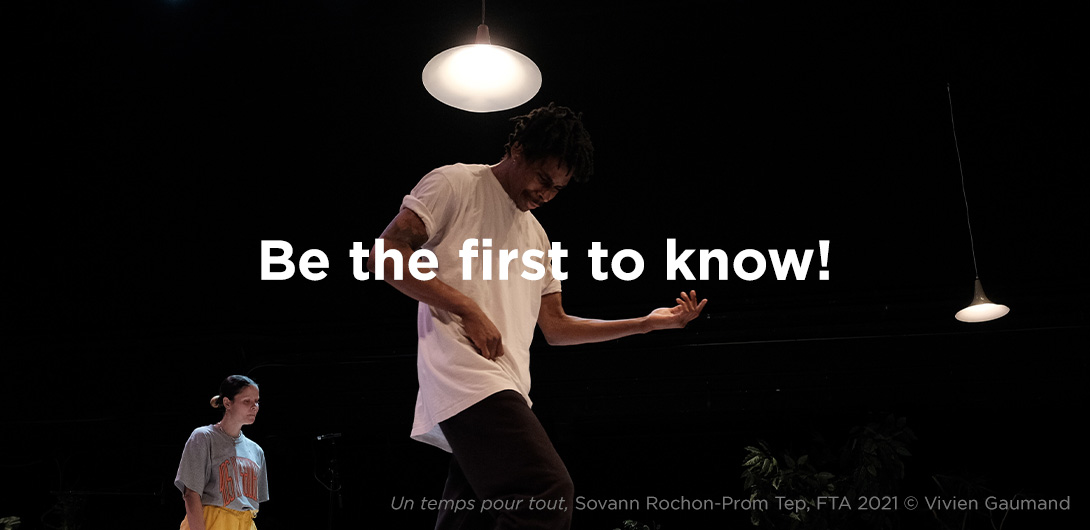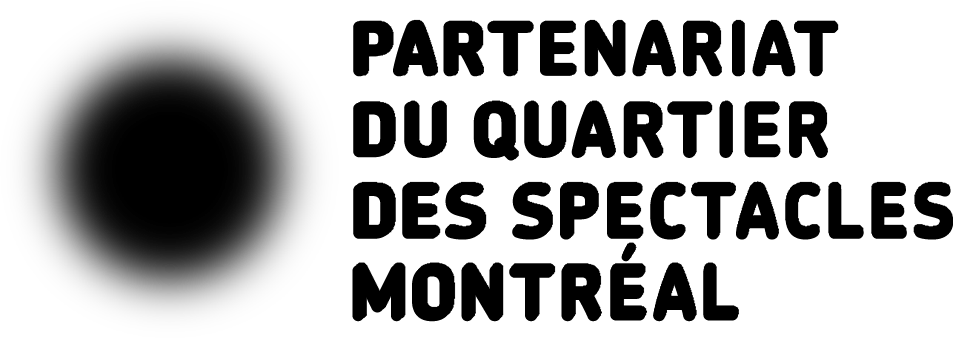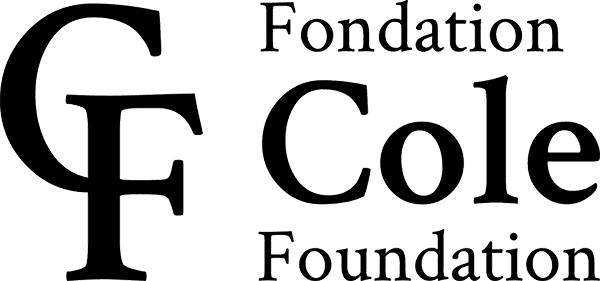How do you view Navy Blue in relation to your previous work?
It’s a large-scale show but also small-scale in a certain sense. After I realized that I couldn’t heal Ireland through dance, this work, which was created just after the lockdown during the pandemic, brought me back to myself and the concrete reality of my practice: this room we’re in, this show, its cost.
I refer to the harshness of the ballet world in Navy Blue, but the show addresses all forms of tyranny. It’s not one-dimensional: on the one hand, the performers may evoke workers who are subjected to capitalism, but on the other hand, they’re also trying to work together. The spectators at dance shows often work in dance; that’s their life, so they see their life in it.
What images were in your mind as you were creating Navy Blue?
The first image I saw was the opening of the piece, when the lights come up and the performers are standing in a line in their blue worker suits, almost as if they’re lining up to get shot. They’re individual, but they’re also part of a single spine—they’re the nerve endings. I also saw a blue horizon, a line, the curved blue line you see when the sun rises in outer space.
How did you approach violence in Navy Blue?
There were many versions of the show, which were much more violent. There was a version where I would go into the audience wearing the same overalls as the performers and holding a gun, and I would ask the person next to me which performer I should shoot. I kept looking up photos of sharks because I was trying to embody this evil gunman. I wanted to make a bloody Tarantino ballet. I also had the idea of selling a bag of real blood with each ticket.
I didn’t keep those ideas because of the technical realities of the tour, but mainly because I felt a duty of care. If I’m going to evoke violence on stage, how should I do it? Does the audience hear a real gunshot or an artificial sound? I don’t know where each audience member has come from or what’s going on in their lives. There’s a thin line between the dramatic and the comedic when it comes to violence.
When I was dancing myself in Hope Hunt and the Ascension into Lazarus (2015) or Hard to Be Soft: A Belfast Prayer (2017), I pushed my limits, I inflicted a kind of violence on myself for the audience. I could take a nonchalant attitude toward these issues because it was only my own body that was at stake. But in Navy Blue, by inflicting a kind of violence on the performers, I have a different responsibility, even more so if I would have involved the audience in the show by asking them to choose who to eliminate from the stage.
How do you work with your performers?
I really do expect the performer to bring everything and I feel like I can see it very loudly when someone’s just dancing at me more than trying to tell me something. I really want the soul of the performer, I don’t care about form. In the studio, we did some exercises for these highly trained dancers to become lost again in movement, to not know where they were, and hopefully find a path to re-love their dancing.
For example, I suggested an exercise that involves leaning forward, slightly off your centre. There’s two ways to do this exercise. A trained dancer can do that and be completely numb and non-affected by moving off their centre. A child that performs the same movement opens their eyes wide, there’s fear and excitement in their expression—they think they’re going to fall over. That’s the beginning of feeling. Every movement has the possibility of that. With the performers, we try to find ways to make dancing feel like a new experience.










